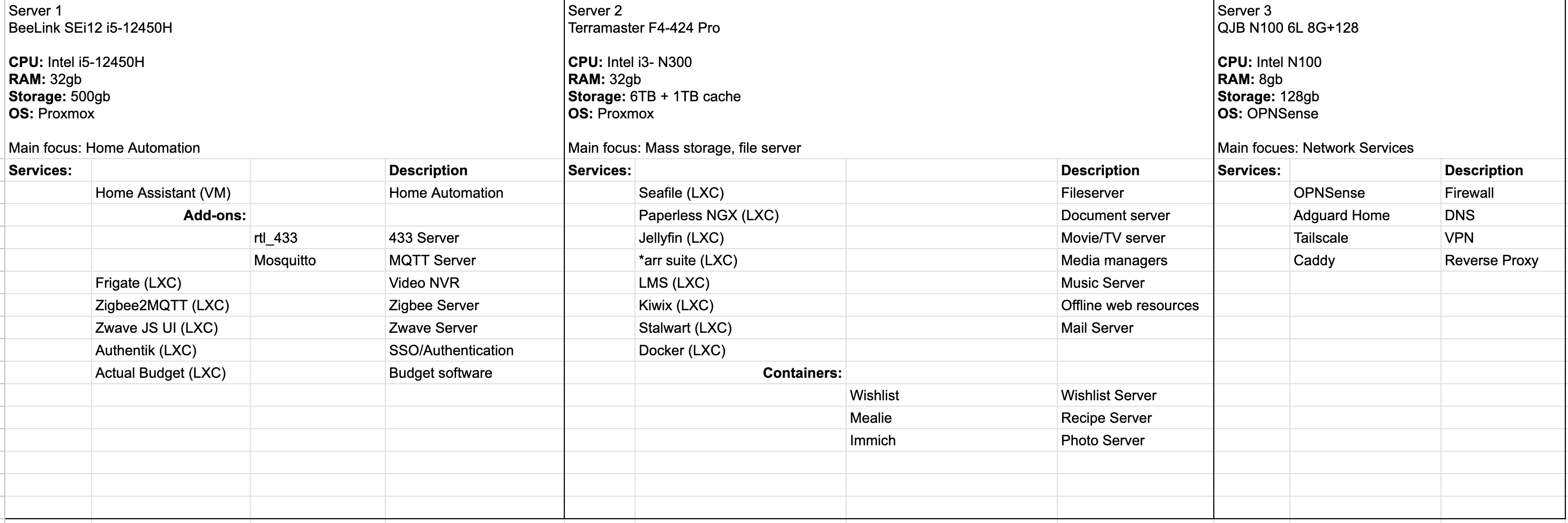Selfhosted
A place to share alternatives to popular online services that can be self-hosted without giving up privacy or locking you into a service you don't control.
Rules:
-
Be civil: we're here to support and learn from one another. Insults won't be tolerated. Flame wars are frowned upon.
-
No spam posting.
-
Posts have to be centered around self-hosting. There are other communities for discussing hardware or home computing. If it's not obvious why your post topic revolves around selfhosting, please include details to make it clear.
-
Don't duplicate the full text of your blog or github here. Just post the link for folks to click.
-
Submission headline should match the article title (don’t cherry-pick information from the title to fit your agenda).
-
No trolling.
Resources:
- selfh.st Newsletter and index of selfhosted software and apps
- awesome-selfhosted software
- awesome-sysadmin resources
- Self-Hosted Podcast from Jupiter Broadcasting
Any issues on the community? Report it using the report flag.
Questions? DM the mods!
view the rest of the comments

Personally I would keep it simple and just run a separate NAS and run all your services in containers across the devices best suited to them. The i3 is not going to manage for Jellyfin while sharing those other services. I tried running it on an N100 and had to move it to a beefier machine(i5). Immich for example will use a lot of resources when peforming operations, just a warning.
If you mount a NAS storage for hosting the container data, you can move them between machines with minimal issues. Just make sure you run services using a docker-compose for them and keep them on the NAS.
You completely negate the need for VMs and their overhead, can still snapshot the machine if you run debian as the OS there is timeshift. Other distros have similar.
The advantages you gain with running a hypervisor on something like ZFS is immeasurable, for snapshotting, replication, snapshot backups and high availability. You don't have to quiese machines to back them up and you can do instant COW snapshots before upgrades.
KVM doesn't really have overhead, that's the kernel part. Maybe a bit of RAM, but with LXCs it's negligible.
I didn't think OP was going the ZFS route so it wouldn't matter on that point.
His Server 2 will be running on the red line imho so any overhead would have impact.